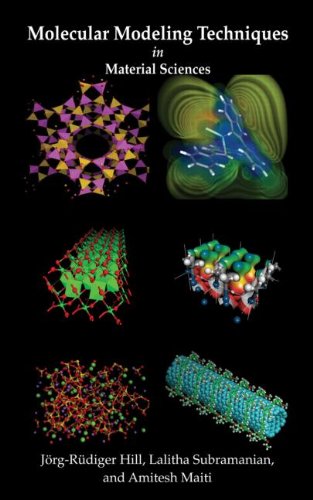

Most ebook files are in PDF format, so you can easily read them using various software such as Foxit Reader or directly on the Google Chrome browser.
Some ebook files are released by publishers in other formats such as .awz, .mobi, .epub, .fb2, etc. You may need to install specific software to read these formats on mobile/PC, such as Calibre.
Please read the tutorial at this link: https://ebookbell.com/faq
We offer FREE conversion to the popular formats you request; however, this may take some time. Therefore, right after payment, please email us, and we will try to provide the service as quickly as possible.
For some exceptional file formats or broken links (if any), please refrain from opening any disputes. Instead, email us first, and we will try to assist within a maximum of 6 hours.
EbookBell Team

4.3
98 reviewsMolecular Modeling Techniques in Materials Science explores the impact of using molecular modeling for various simulations in industrial settings. It provides an overview of commonly used methods in atomistic simulation of a broad range of materials, including oxides, superconductors, semiconductors, zeolites, glass, and nanomaterials. The book presents information on how to handle different materials and how to choose an appropriate modeling method or combination of techniques to better predict material behavior and pinpoint effective solutions. Discussing the advantages and disadvantages of various approaches, the authors develop a framework for identifying objectives, defining design parameters, measuring accuracy/accounting for error, validating and assessing various data collected, supporting software needs, and other requirements for planning a modeling project. The book integrates the remarkable developments in computation, such as advanced graphics and faster, cheaper workstations and PCs with new advances in theoretical techniques and numerical algorithms.
Molecular Modeling Techniques in Materials Science presents the background and tools for chemists and physicists to perform in-silico experiments to understand relationships between the properties of materials and the underlying atomic structure. These insights result in more accurate data for designing application-specific materials that withstand real process conditions, including hot temperatures and high pressures